Once accepted, trained and later deployed as a military service member, you should be ready to operate in the world’s most remote areas. It is common to have the military deployed in the driest parts of the world or tropical rainforests. In such environments, you will experience unfavorable weather, food scarcity, diseases and even insects. Bites or stings may endanger your life if the infections are not medically countered as soon as possible. With this in mind, here are the deadliest insects that one should watch out for in the field or abroad.
Mosquitoes

A mosquito may seem like a feeble and harmless pest due to its stature. Military personnel can contract one of the most perilous and life-threatening diseases, malaria, transmitted by female anopheles mosquitoes.
Upon infection, military personnel become incapacitated and, in turn, hinder military operations. What’s more, individuals who have not been previously exposed to malaria are susceptible to death and acute infections. The American military personnel do not hail from malaria-endemic regions; thus, policies and prescribed countermeasures effective against malaria are essential in planning overseas military operations.
Tsetse Fly
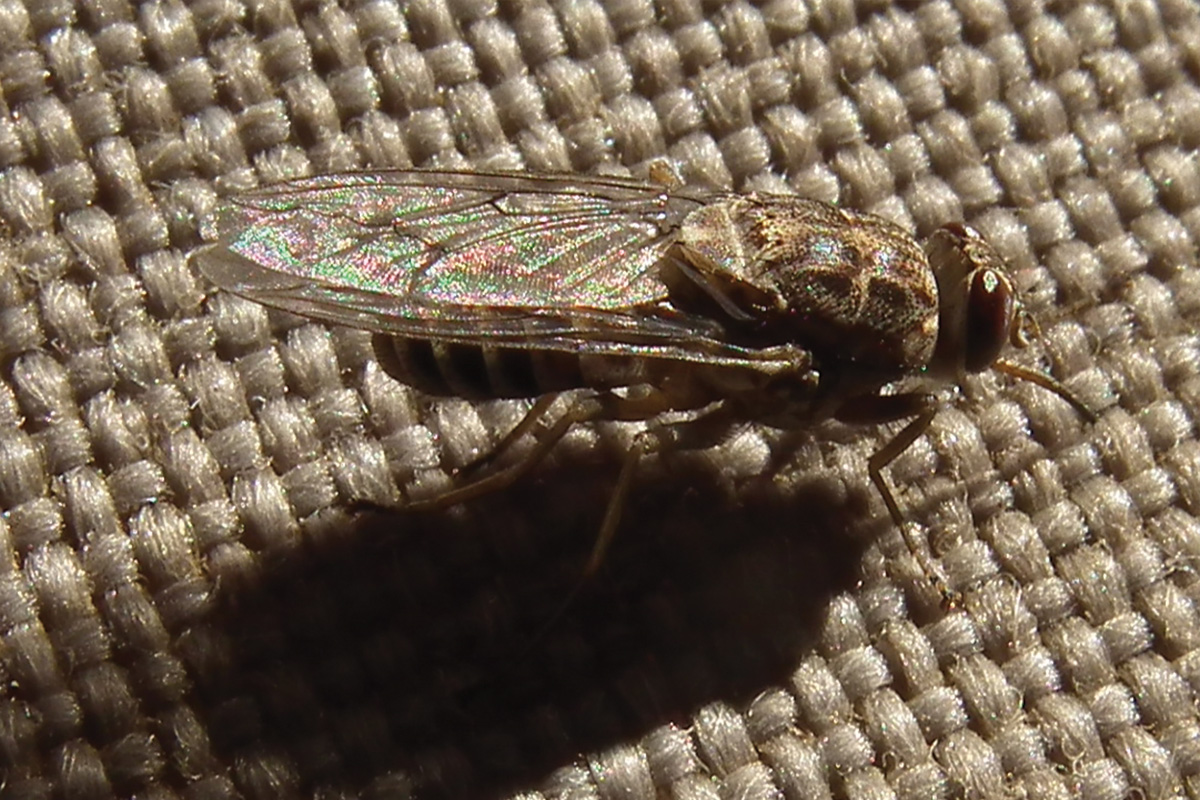
Tsetse flies are commonly found in tropical Africa and cause sleeping sickness, also known as trypanosomiasis. Infection occurs when a tsetse-fly hosting microscopic parasite, Trypanosoma Brucei, bites a person. Some of the initial symptoms of sleeping sickness include itching, fever, headaches, irritability, and insomnia.
As the disease progresses, one may exhibit further symptoms such as swollen lymph nodes, poor coordination, confusion, personality or behavioral changes and other neurological issues that may put military operations at stake.
The disease is complex and, as a result, demands skilled medical staff well-versed in preventing progression to the neurological stages that require risky and complicated treatment procedures. Often, troops need immediate assistance upon infection as the disease is fatal if left untreated.
The Indian Red Scorpion
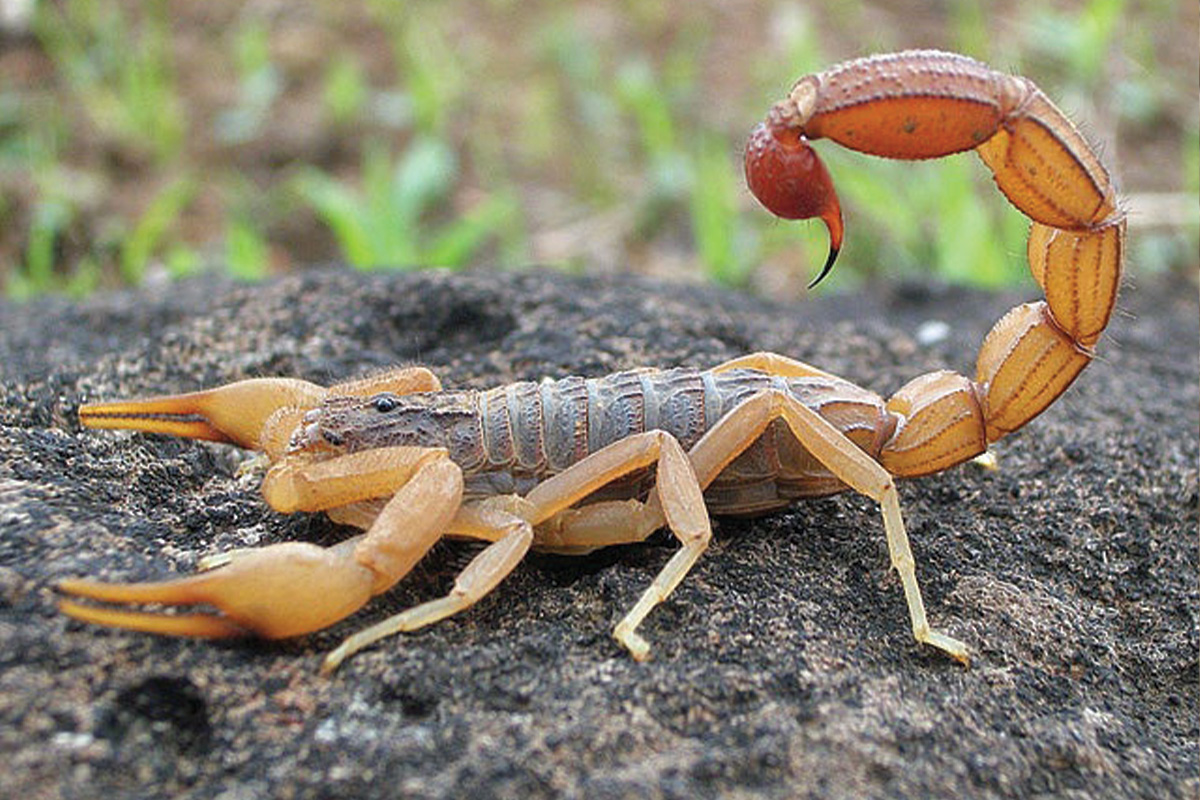
Not all scorpion species are venomous. However, military personnel should watch for the most lethal scorpion of them all, the Indian red scorpion, as 40 percent of its victims succumb to its sting. The Indian red scorpion is native to the Indian sub-continent.
It is pretty miniature as it measures 2 to 3.5 inches in length and possesses potent venom. One may experience sweating, shortness of breath, severe pain, and heart palpitations when stung by the nocturnal arachnid. The scorpion’s venom liquefies the prey’s insides making it effortless for the scorpion to devour. Moreover, the venom initially affects an individual’s lungs and heart, resulting in death from Pulmonary Oedema.
The Black Widow Spider
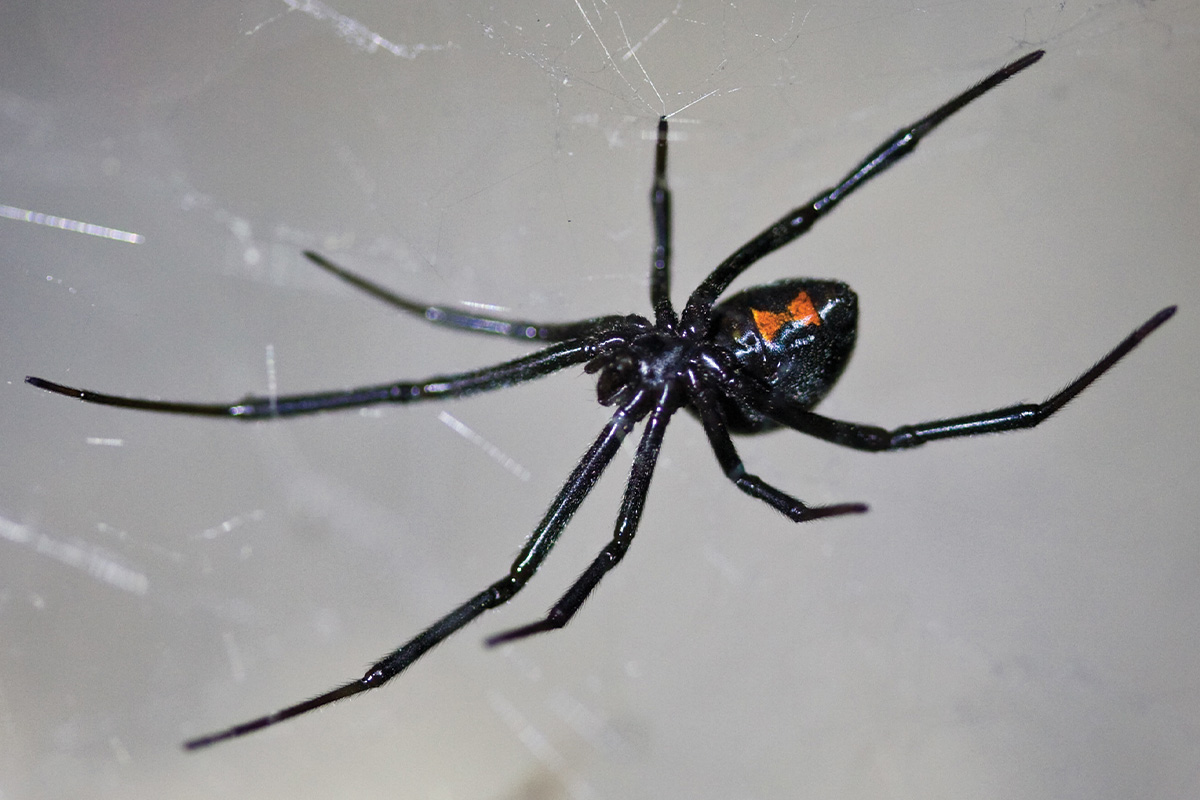
The insect is easily cognizable as it is characterized by its features such as its shiny black color, hourglass-shaped abdomens, and a red mark on its back. Scientists say the spider’s venom is 15 times more vicious and murderous than a rattlesnake’s. Despite its powerful venom, the insect only attacks if it feels threatened.
Its venom brings about systemic effects, including severe muscle pain, paralysis of the diaphragm, abdominal cramps, nausea, and tachycardia. If you’re stationed at Camp Lejeune, you already know the whole base is crawling with these. When I was boot private my first team leader taught me to cover my boots with socks over the opening. I still use this knowledge everyday.
The Assassin Caterpillar
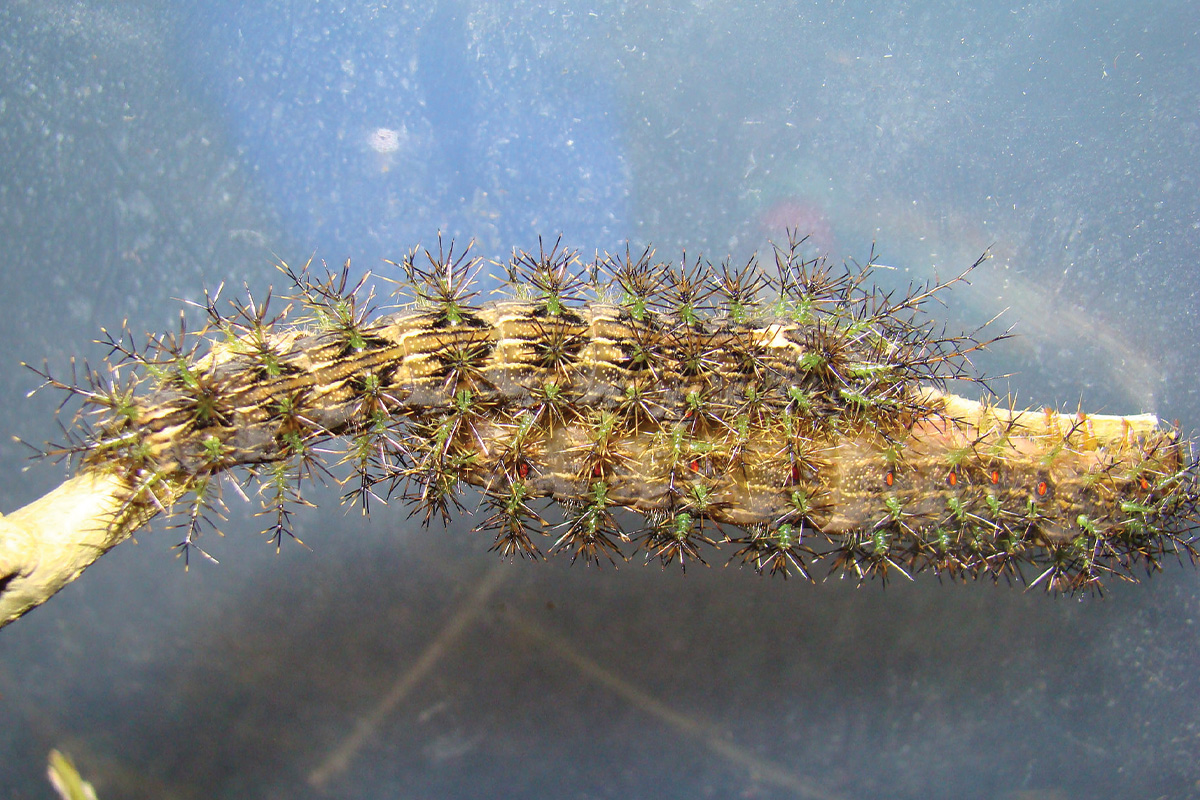
The assassin caterpillar, scientifically referred to as Lonomia Obliqua, is native to the rainforests of southern Brazil. It is considered the most treacherous caterpillar in the world. Its poisonous larva state is very well known primarily due to its sharp tingling bristles that shoot a conceivably deadly venom that may cause internal bleeding, renal failure, massive internal hemorrhaging, and death.
The insect has impeccable camouflage making it hard for military personnel to trace as it assimilates perfectly with the bark of local trees.
This content was originally posted by We are the Mighty in February 2022.
READ NEXT – Deadliest Snakes in the US: 8 Bites You Want to Avoid

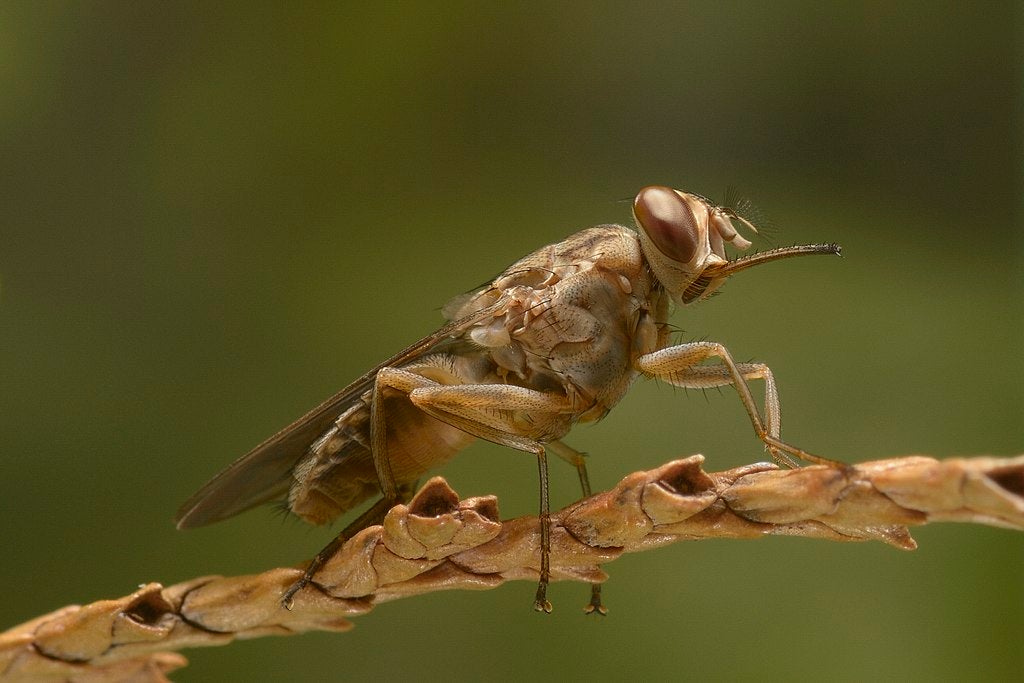

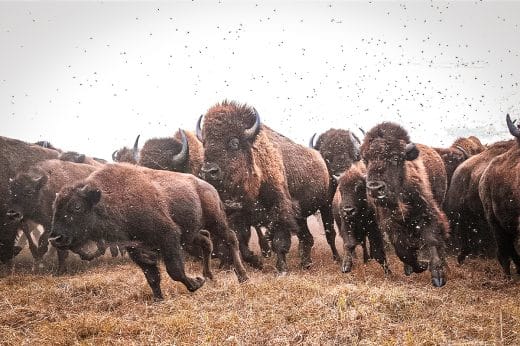
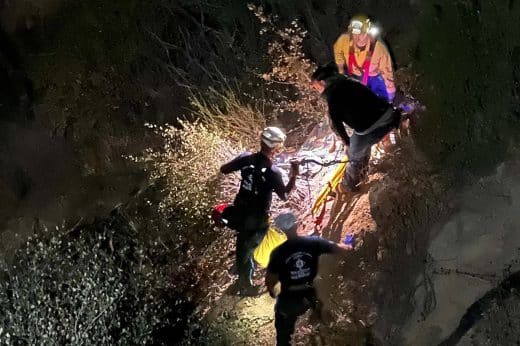


Comments